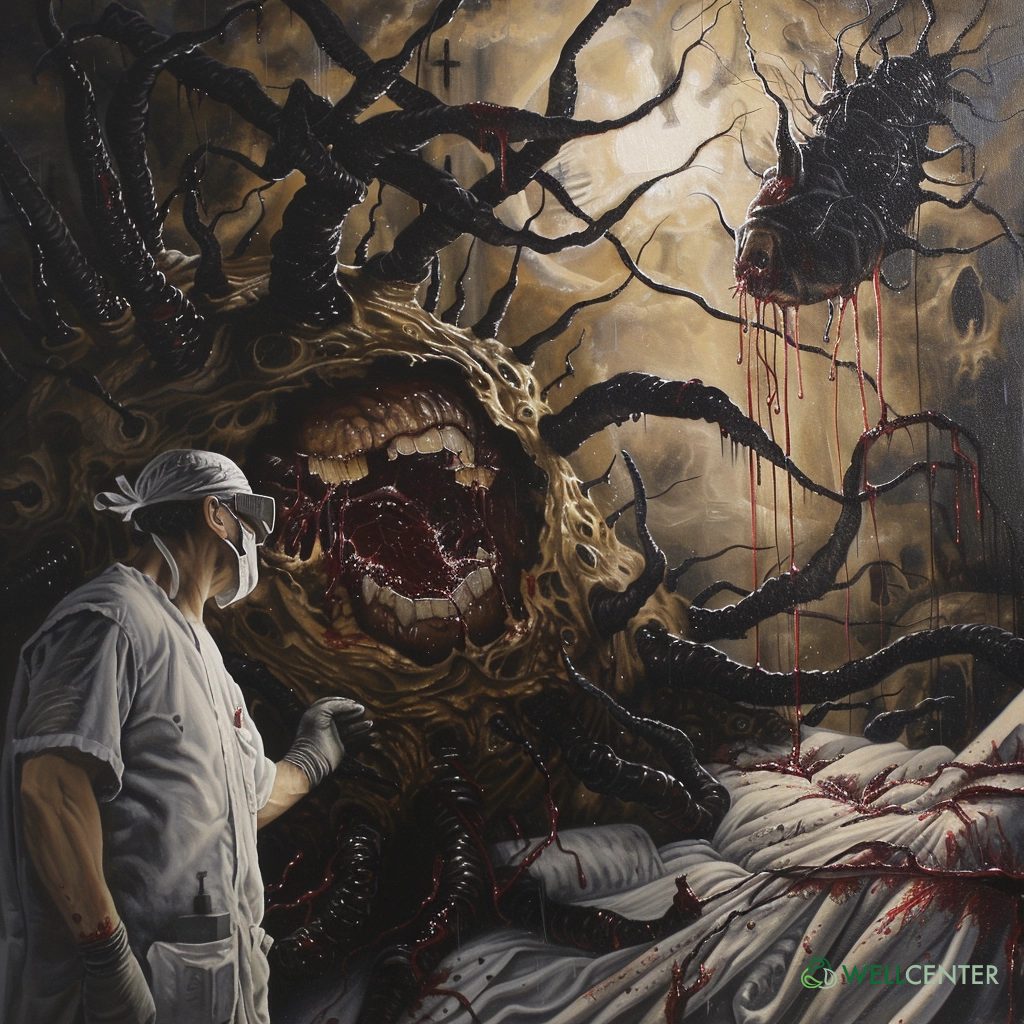On High Alert, Pinpointing 11 Potential STD Symptoms Post-Encounters.
Introduction:
Sexually transmitted infections (STIs) encompass a diverse group of pathogens transmitted through sexual contact. The time between exposure and the appearance of symptoms, known as the incubation period, varies significantly between different STIs. Early detection and treatment of STIs are crucial for minimizing complications and preventing transmission.
Incubation Period Ranges:
The following table summarizes the approximate incubation periods for some common STIs:
|
STI |
Incubation Period Range |
|
Chlamydia |
7-21 days |
|
Genital herpes |
2-12 days |
|
Gonorrhea |
1-14 days |
| Hepatitis A |
15-50 days |
|
Hepatitis B |
8-22 weeks |
|
Hepatitis C |
2-26 weeks |
| HIV |
2-4 weeks |
| HPV (Human papillomavirus) | 1 month – 10 years (depending on type) |
| Oral herpes |
2-12 days |
|
Syphilis |
3 weeks – 20 years (depending on type) |
| Trichomoniasis |
5-28 days |
Additional Notes:
- It is important to acknowledge that not all individuals infected with an STI will develop symptoms. Even in the absence of symptoms, infected individuals can still transmit the STI to others.
- Early testing remains essential for prompt diagnosis and initiation of appropriate treatment to minimize complications and prevent transmission.
- Healthcare professionals can provide guidance on the most appropriate testing strategies based on individual risk factors and concerns.
Reference:
- “Sexually Transmitted Infections (STIs).” Centers for Disease Control and Prevention, Centers for Disease Control and Prevention, https://www.cdc.gov/std/default.htm.
Disclaimer:
This information is intended for general knowledge only and should not be interpreted as a substitute for professional medical advice. Always consult with a healthcare professional for diagnosis and treatment planning.


